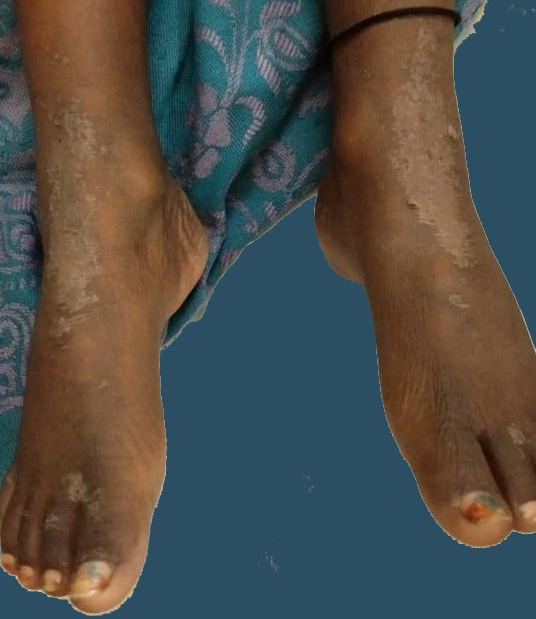DRESS syndrome: a pediatric case report.

Downloads
DOI:
https://doi.org/10.26326/2281-9649.30.4.2164How to Cite
Abstract
Drug reaction with eosinophilia and systemic symptoms (DRESS) syndrome is a rare and idiosyncratic hypersensitivity (type-IVb) severe adverse drug reaction, also known as drug induced hypersensitivity syndrome (DIHS). It is usually characterized by the triad of rash, fever and single or multiple organ involvement. DRESS syndrome usually begins within two months from ingestion of the drug, most often two-six weeks after its first use. However, symptoms may occur more rapidly and be more severe upon re-exposure. A six-year-old female child was brought to the hospital with chief complaints of high-grade fever and centrifugal rash; on further investigation, laboratory reports showed organ involvement leading to the diagnosis of DRESS syndrome. The untreated condition may be fatal, so prompt discontinuation of the offending drug and starting the patient on systemic corticosteroids is the mainstay of treatment in DRESS syndrome along with other supportive treatment.
